The upcoming release of Sir David Attenborough’s BBC documentary ‘Attenborough’s Ark’ will allow, perhaps for the first time, a massive audience of nature lovers to witness the intimate lives of a number of poorly-known EDGE species through TV.
In this documentary, Sir David discusses which ten species he would save on his ark before all others. The list includes an impressive seven EDGE species, five of which feature in top 100 lists for their corresponding animal group. The fact that Sir David has chosen these species really emphasises just how incredible EDGE animals are, and why our prioritisation method is so important.
Significantly, the three non-EDGE species he has chosen; the marvellous spatuletail, Priam’s birdwing butterfly and Venus’s flower basket are representatives of animal classes that we have not yet assessed. It is entirely possible that these species will become EDGE species once we’ve calculated EDGE scores for birds, butterflies and sponges.
Before you watch the program, we thought we’d whet your appetites and introduce you to the EDGE species you will see.
This incredible amphibian lives up to 100 years of age, is virtually blind and can survive 10 years without food.
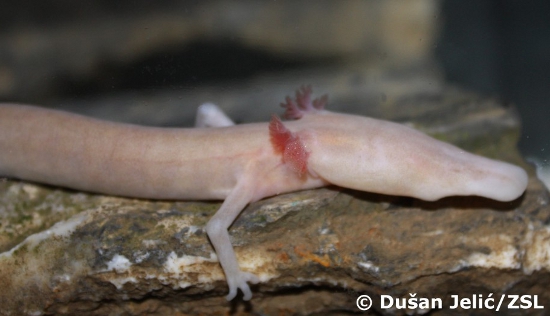
An incredibly rare and unique shrew-like mammal, this is one of only two mammalian species (both solenodons) able to inject venom into its prey through its teeth.
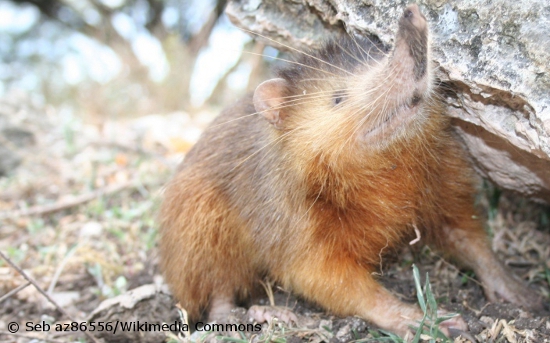
This species shares a similar niche to the anteaters of Africa yet has distinct evolutionary origins. Pangolins are adept climbers often sleep and hunt in the canopy. Their bodies are covered by scaly plates made from the same material as rhino horns.
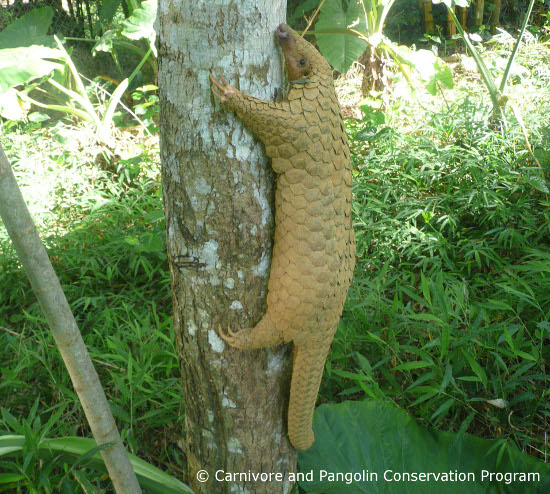
A small carnivorous marsupial found across northern Australia. This species is threatened by the invasive cane toad. Interestingly, males are subject to the weird phenomenon of semelparity.
A small colourful frog with an enthralling approach to parental care. Males swallow their fertilised eggs and brood them inside oversized vocal sacks. Once froglets have metamorphosed they are vomited out by the father and left to fend for themselves.
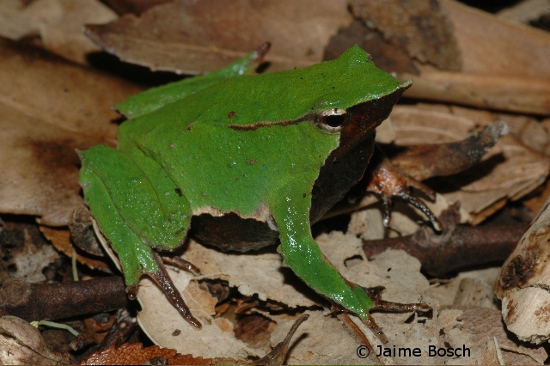
An adorable squirrel sized monkey with a mane of hair surrounding its head. These highly endangered critters were believed extinct for over half a century before being rediscovered in Brazil in 1970.
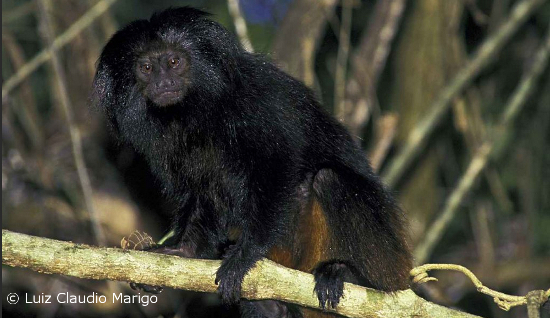
The smallest and most threatened rhino species in the world, this species has a distinctive hairy appearance and is threatened by poaching and habitat loss. Fewer than 220 of these rare animals may survive in the wild.
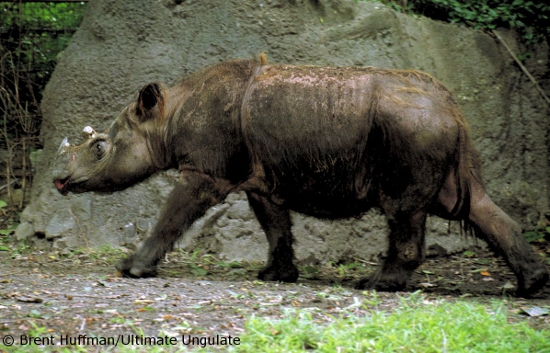
Of course we shouldn’t just ignore the non-EDGE species, especially as we may well embrace them into our conservation initiatives in the coming years, so here they are:
Endemic to one tiny locality in northern Peru, this beautiful bird has evolved an incredible mating display in which males flourish two incredibly long tail feathers (spatules) to woo females.
This is one of the world largest butterfly species and its name refers to its almost bird-like appearance. It has a number of known sub-species, some of which are threatened by habitat loss.
The morphology of these deep sea glass sponges is just weird. Although a primitive form of animals, these sponges possess a glass-like skeleton formed of silica fibres woven into a vase shaped structure.
We can’t wait until the documentary airs this Friday! In the meantime we will be posting more pictures and short blogs on these wonderful creatures through our Facebook and Twitter accounts. Please keep checking back to see what is going on and remember the show as well: 9pm, BBC2 on the 9th of November!